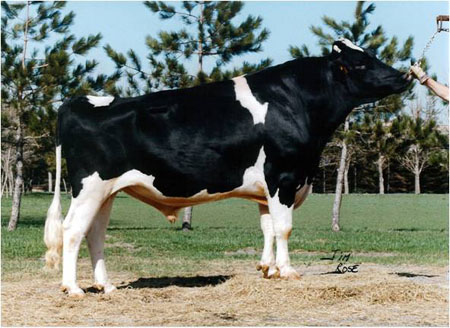
Rat Control in Alberta
Rat control in Alberta is administered and co-ordinated by Alberta Agriculture and Food. It was established in 1950 to keep Alberta free of Norway rats (see rat), which were introduced to the east coast of North America in 1775 and spread westward. They entered Saskatchewan about 1919 and moved northwest at about 24 km per year. They were first reported on a farm on the eastern Alberta border in 1950, and 30 rat infestations had been confirmed along 180 km of Alberta's eastern border by fall 1951. The Agricultural Pest Act of Alberta (1942) authorized the minister of agriculture to designate as a pest any animal likely to destroy crops or livestock, and declared that landowners and municipalities must destroy and prevent the establishment of designated pests. A buffer control zone was set up along the Saskatchewan border from Montana to Cold Lake. Municipal pest control officers (PCOs), supported by a public education program and a rat-poisoning program undertaken by a private firm in 1952-53, destroyed all rat infestations found. In 1954 the Department of Agriculture agreed to pay 50% of the salary and expenses of full-time PCOs for each municipality along the eastern border; by 1975 it was paying 100%. The cost of the rat control program rose from $50 000 in 1969-70 to $350 000 in 2006-07. Natural barriers, for example Cypress Hills to the south, the Rocky Mountains to the west and the boreal forest to the north, have halted rat migration into Alberta. Infestations rose to 637 between 1956 and 1959 but then dropped between 1960 to 1980, when they varied from 36 to 216. In 2002 Alberta recorded its 1st year with no rat infestations found. From 2002 to 2007 there were only 2 known infestations of rats. In Alberta it is unlawful for anyone, except research institutions with the appropriate permits, to import, possess or transport live rats, even white laboratory rats. Thus Alberta became the first province to declare itself rat-free.

 Share on Facebook
Share on Facebook Share on X
Share on X Share by Email
Share by Email Share on Google Classroom
Share on Google Classroom
